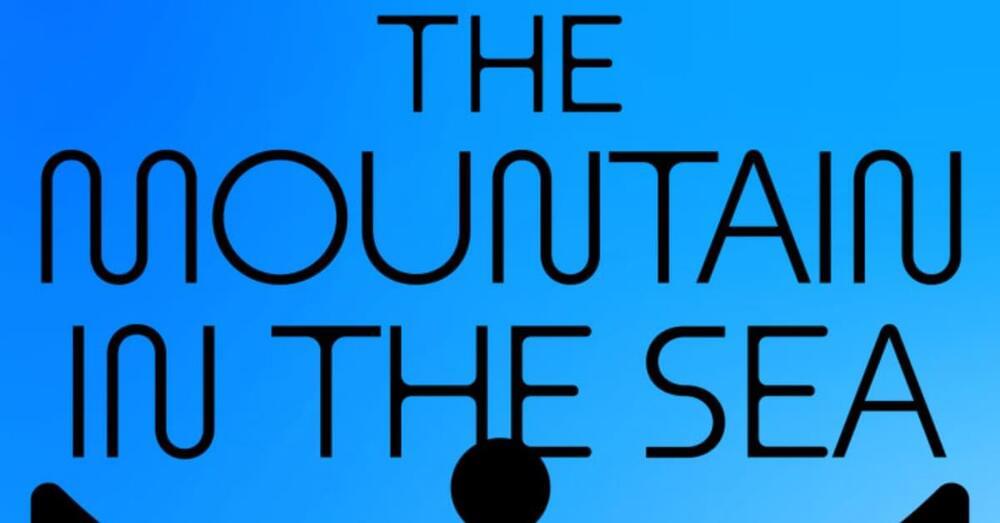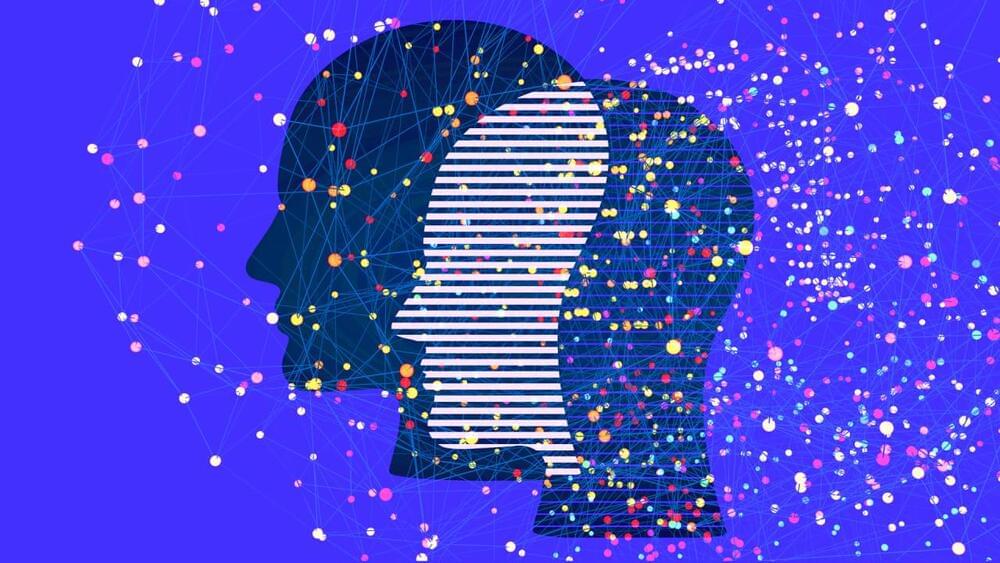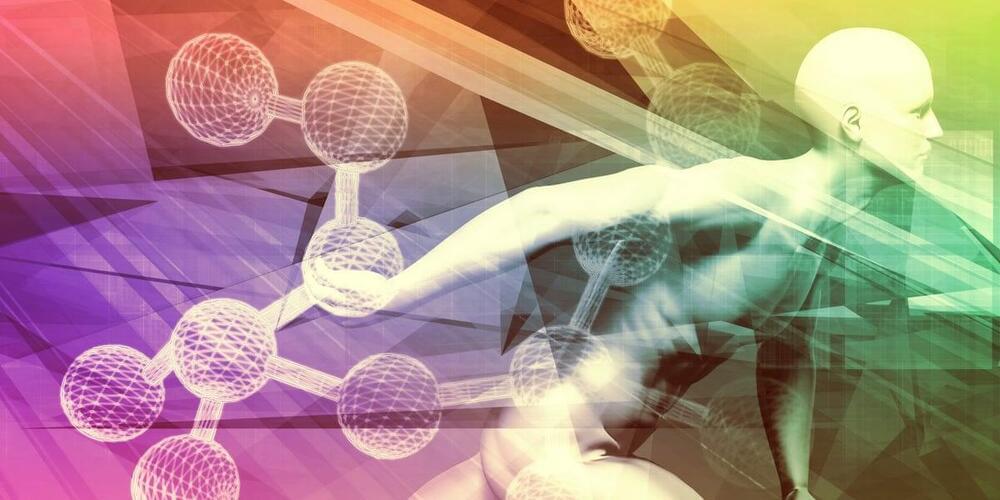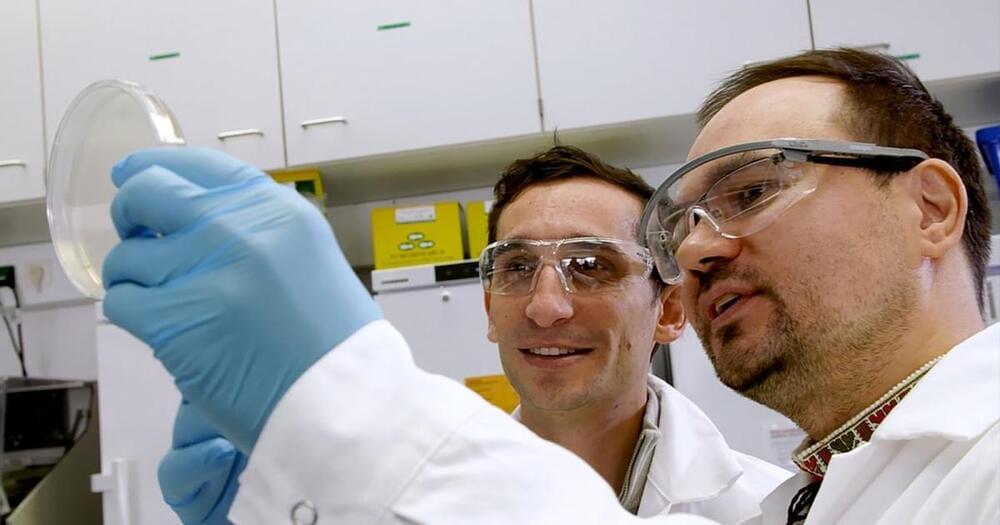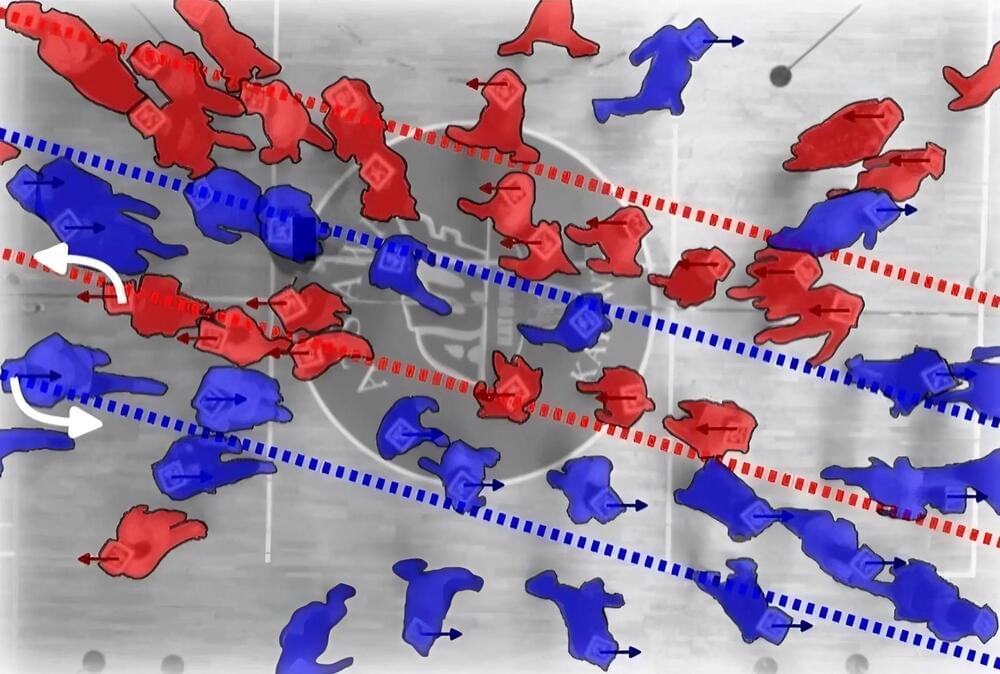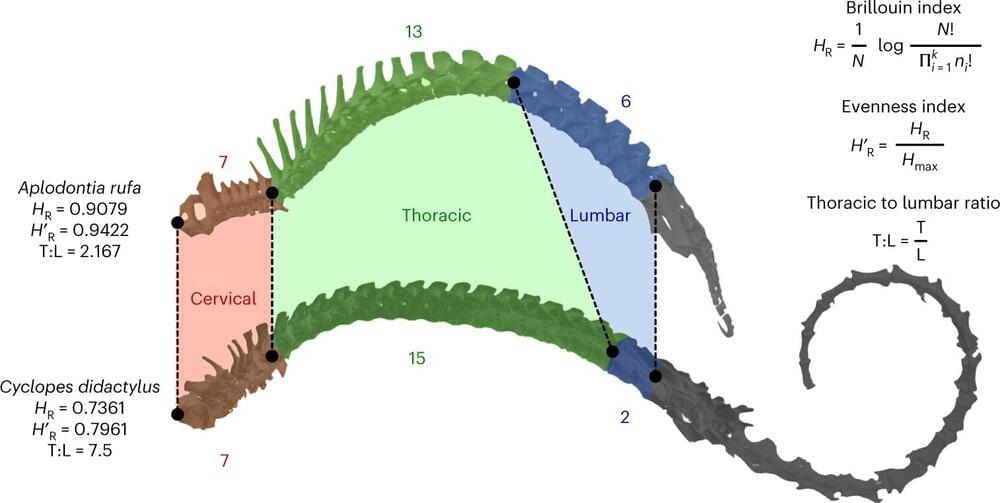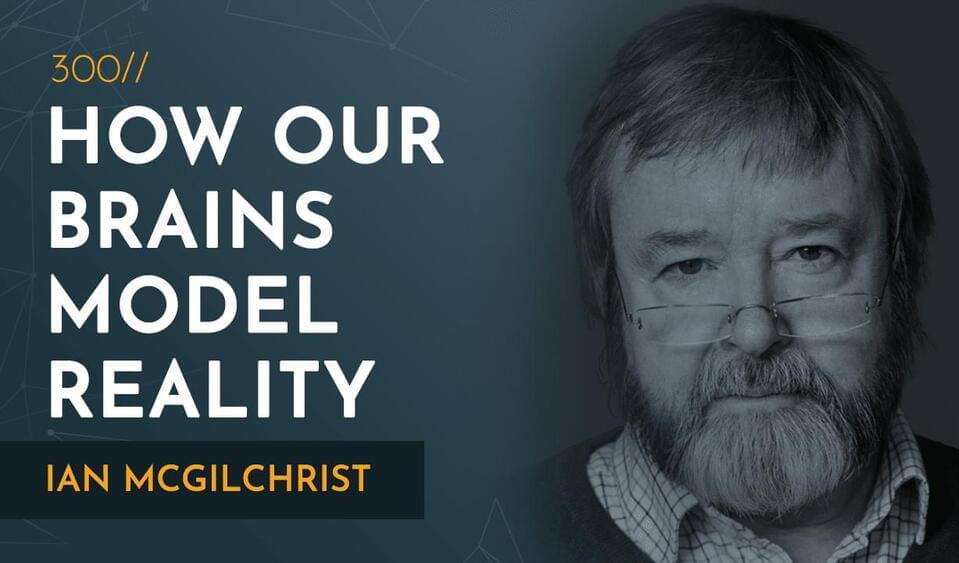Harry’s Review of The Mountain In The Sea by Ray Nayler
Ray Nayler’s recent contemplative sci-fi thriller The Mountain In The Sea offers a first contact story which holds a mirror to our notions of intelligence and responsibility.
Following ecologist Dr Ha Nguyen, The Mountain In The Sea centres upon the recent discovery of an octopus species in the remote Vietnamese islands of the Con Dao archipelago. Questions abound: just how intelligent are these octopuses? Corporations and activists alike become interested. DIANIMA-a vast organisation interesting in automation and artificial intelligence hire Dr Nguyen to determine how valuable the octopus species are to their research. Accompanying her for this job is DIANIMA’s own previous attempt at creating a being that can pass the Turing test, a silicon lifeform known as Evrim.
